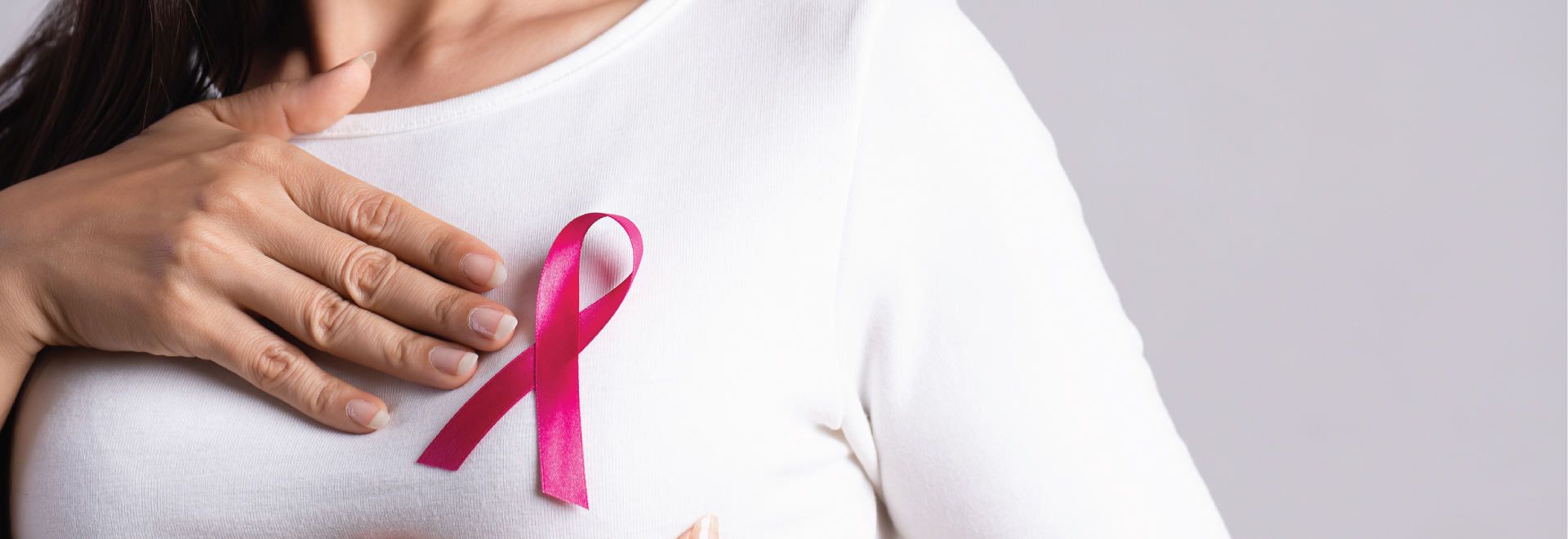One out of every 15 women in Hong Kong is at risk of developing breast cancer in their lifetime, according to statistics from the Hong Kong Cancer Registry and the hospital authority. In 2016, 4,108 breast cancer diagnoses were reported among women in the city.1
Checking at home
Ms. Iris Chan, Head of Service at Hong Kong Cancer Fund, says early detection is the best defense against breast cancer among women. It is recommended that women develop breast awareness by being familiar with how their breasts normally look and feel during regular breast self-examination.
Starting from 20 years old, women should carry out self-examination monthly. The date should be set one week away from your menstrual cycle, when your hormone level is stable and does not affect the condition of your breasts. Take these three essential steps:2
Look
Face the mirror naked with hands-on your waist. Look for changes in your breasts or changes in/discharge from the nipple.
Feel
Stand up or lie down. Circle the breasts with your fingers with moderate pressure for lumps, thickening, puckering, dimpling of the skin, unusual redness, color change or pain.
Compare
Compare the shape and size of your breasts and both nipples with your last check, for any unusual changes.
Regular check-ups
Women at higher risk for breast cancer such as those who have a family history of the disease are advised to speak to their doctors about the screening methods and its frequency.
A mammogram is the most common x-ray screening diagnosis method used to detect breast abnormalities. This approach is however less effective in women younger than 40 as they tend to have denser breast tissue which makes it harder to detect a tumor. An ultrasound will help to determine whether a lump is a cyst or a solid mass, and if there is swelling in the underarm lymph nodes. Doing both tests will increase the accuracy of the diagnosis.
October is celebrated as the Breast Cancer Awareness Month every year. Experts believe that regular exercise, healthy body weight and waist circumference and reduced alcohol consumption may prevent breast cancer.
Cigna's HealthSecure Lady Care Plan offers critical illness protection to address the health concerns of women in different life stages. In case of breast cancer, the Plan offers income protection up to HK$60,000 per month, as well as up to HK$1,800,000 cancer treatment and hospitalization expenses. Click here to learn more.

